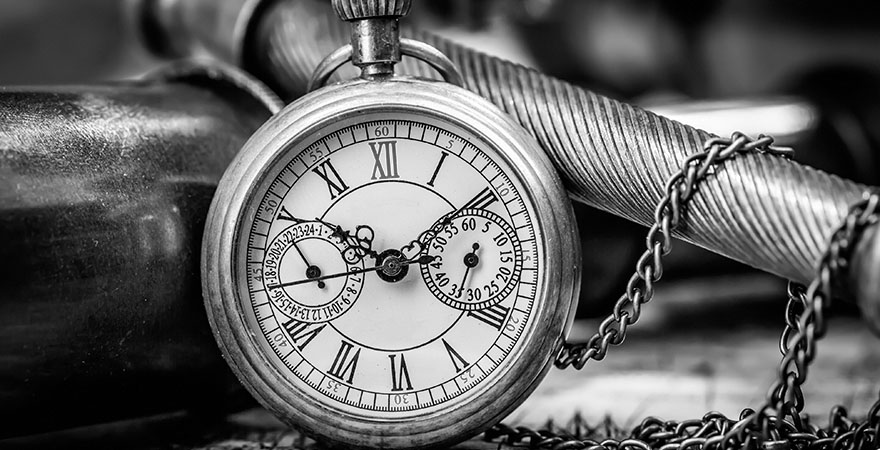Gold in Human History
The history of gold is as fascinating as the precious metal itself. Human civilizations would have indeed taken on a different path if it was not for Gold as gold it was precious metal s such as gold and silver that brought the world together among other commodities such as spice and raw material to produce goods. Gold is mentioned in almost every ancient text that has been found around the globe including the bible and the Iliad.
In the book of Genesis for example gold is mentioned in chapter 2, verse 10 – 12 “the land of Havilah, where there is gold and the gold of that land is good”, the fact that ‘the gold of that land is good’ was mentioned probably refers to the purity of the gold that was found there.
The bible also states 6 locations that is supposedly rich with gold, the six regions/states or districts are Halifah, Sheba, Parvaim, Uphaz, Midian and Ophir, the exact locations of these ‘golden sites’ is still under speculation as iot is with most other ‘gold sites’.
The value of gold due to its scarcity can also be observed in the ‘Code of Menes’ dating back o 3100 B.C where the gold and silver ratios were specifies as 1:2.5 – meaning one part of gold was the equivalent to 2 and a half parts of silver, it is incidentally the earliest measure of gold in comparison to any other substance. The fact that silver was considered scarce as well could be attributed to the high value that was placed on silver during that time.
Another ‘gold antiquity’ is the Carte des mines d’or seems to be one of the earliest treasure maps that have been found and preserved, the Ramside papyrus points to the location of an active mine during the time of Seti (circa 1320 B.C), the historical map reveals the entire blue print of the mining area which included roads, mine locations, houses, quarries and auriferous high grounds.
However, it is not really clear of the whereabouts of the refion that is depicted in the map, some scholars believe that it is the Wadi Kareim, while others believe it is the Wadi Hammamat, either way the fact that gold and silver was seen as an important instrument even then for commerce as they are now.
Around the same time (give or take a hundred years or so) in 1200 BC, Jason and the Argonauts went after the Golden Fleece, the myth surrounding the fleece would actually make more sense if people knew for a fact that sheep’s fleece was a commonly used ‘tool’ towards recovering fine placer gold.
How they did this was by using water flow to force gold bearing dirt onto the hide of a sheep that would effectively and efficiently trap the fine heavy flakes of gold after which the ‘golden fleece’ would be put out to dry and then patted gently into a container.
Although gold was indeed sought after for its beauty, it eventually became an instrument through which goods and services were paid for and some of the first accounts of gold being used as money can be traced back to around 700 B.C. Lydian merchants are thought to have produced the first gold coins known as electrums that was 63% gold and 27% silver.
The Lydian coinage allowed trade to flourish as ‘exchanges’ became much easier with these coins as values were placed on goods.
This article has been kindly provided by Gold Buyers Brisbane, an Australian registered gold coin and bullion trading company.

